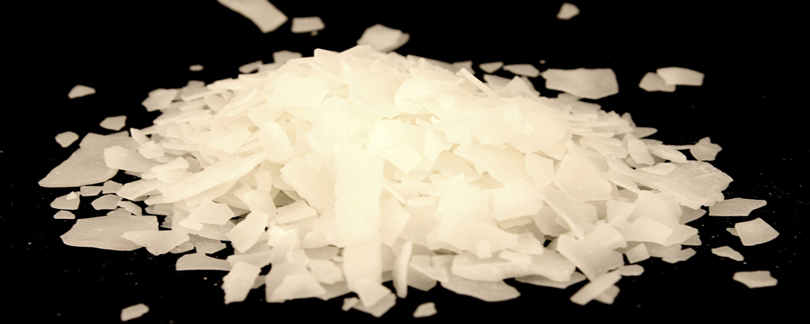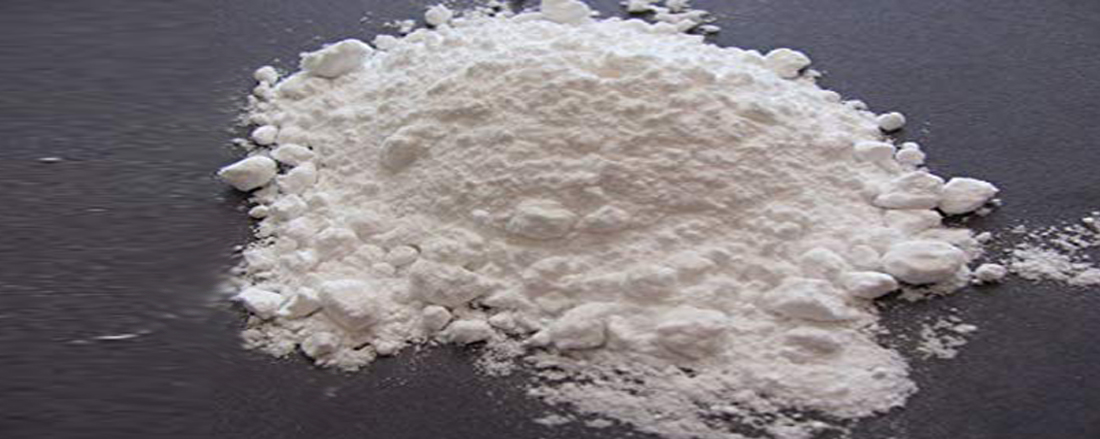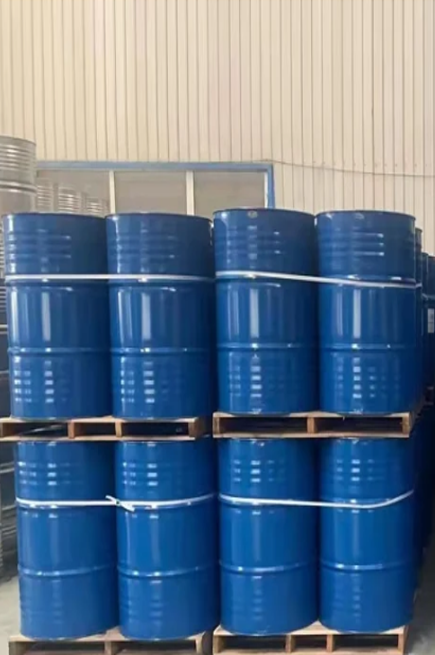ALKALINITY Titration Method for Boiler & Cooling Water ( TITRIMETRIC METHOD 0-200 PPM )
The presence of alkalinity in a water sample may be due to many different substances. However, for the sake of simplicity, the presence of bicarbonate, carbonate, and hydroxide ions is commonly considered as alkalinity. The points of change in colour of phenolphthalein and methyl orange indicators, which occur at pH 8.3 and pH 4.3 provide standard reference points which are almost universally used to express alkalinity.
Very high alkalinity values can be undesirable in an industrial water supply. For example, the presence of a high methyl orange alkalinity should be avoided in boiler feed water because of the resultant carbon dioxide content of the steam. Carbon dioxide usually is responsible for the corrosion of steam and return lines. High boiler water alkalinities are also undesirable because the presence of high hydroxide ion concentration is the primary cause of caustic metal embrittlement. A very high boiler alkalinity can also lead to an undesirable carryover condition. On the other hand, the alkalinity of boiler water must be sufficiently high to protect the boiler metal against acidic corrosion and to ensure precipitation of scale forming salts. Usual treatment approaches include setting both a minimum alkalinity level and an operating range.
Hydroxide alkalinity may be determined by adding barium chloride prior to titration to precipitate the carbonate ion from solution, allowing direct titration of the hydroxide alkalinity. Measurement of hydroxide alkalinity is also used to control lime soda softeners.
In cooling water systems, alkalinity is of major importance since the total alkalinity of a water is one factor that must be considered when predicting the tendency for the water to precipitate calcium carbonate scale. Depending on the choice of chemical treatments to protect against corrosion and scale formation, the operating alkalinity and pH ranges are chosen to balance these two features.
Water Testing Procedures Manual ( Full Range Lab testing Methods with standard composition ratio Of Reagents ::: Available with us at 2700 INR or 54 US$ or 207 AED
Apparatus Required
Buret 25 ml - 1
Porcelain Cup, 210 ml - 1
Glass stirring rod - 1
Graduate, 50 ml - 1
Pipet, delivery, 5 ml - 1
(1 pH meter- optional)
Chemicals Required
Barium Chloride, 10%
Hydrochloric Acid, 0.02N
Methyl Orange Indicator
Methyl Purple Indicator
Phenolphthalein Indicator
Sulfuric Acid, 0.02N.
Limitations of Test
Phenolphthalein (P) and Methyl Orange (M) Alkalinity
The alkalinity measured from the titration to phenolphthalein end point or P alkalinity is considered to be equivalent to the sum of all the hydroxide ion present plus one half of the carbonate ion present. The total alkalinity by titration to the methyl orange endpoint or M alkalinity includes the other half of the carbonate ion plus any bicarbonate that was originally present. The presence of phosphate, silica, organic or other buffers may affect the titration and the calculation of the form of alkalinity present may be in error.
The presence of bases other than hydroxide, carbon and bicarbonate will interfere directly.
Common bases titratable by acids include sulfide (S= ) , hydrosulfide ( HS- ), cyanide ( CN-) and ammonia (NH3) . All these will add to the apparent concentration of one or more of the alkalinities .
measured. Care should be exercised in interpreting alkalinities found in these water strictly in terms of scaling tendency. However, under normal circumstances in plant control, expression of result only as the P and M alkalinity actually determined is satisfactory and is preferred from the standpoint of simplicity.
Hydroxide Alkalinity
The method for hydroxide alkalinity is considered accurate only to within 10 per cent. High silica, organic matter and aluminates can interfere with the determination, as will the bases mentioned above. High sulfate content in the sample can produce turbidity which may mask the endpoint. However, the method for hydroxide alkalinity is satisfactory for routine control and can be valuable in the control of lime-soda softening.





